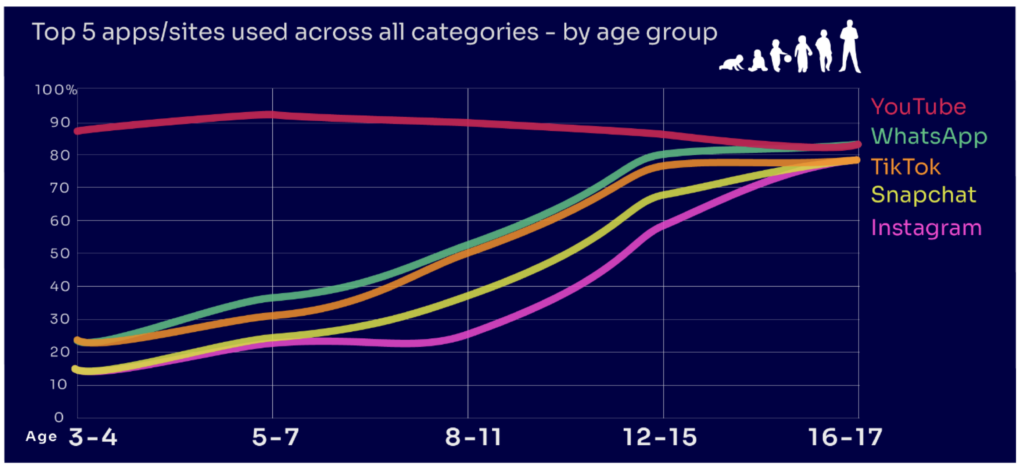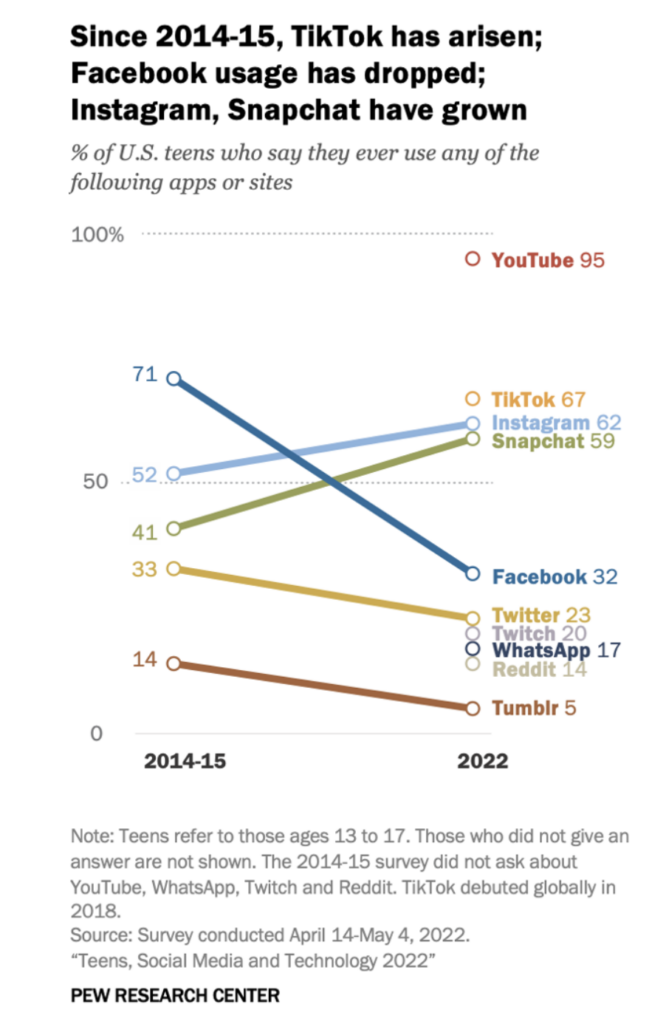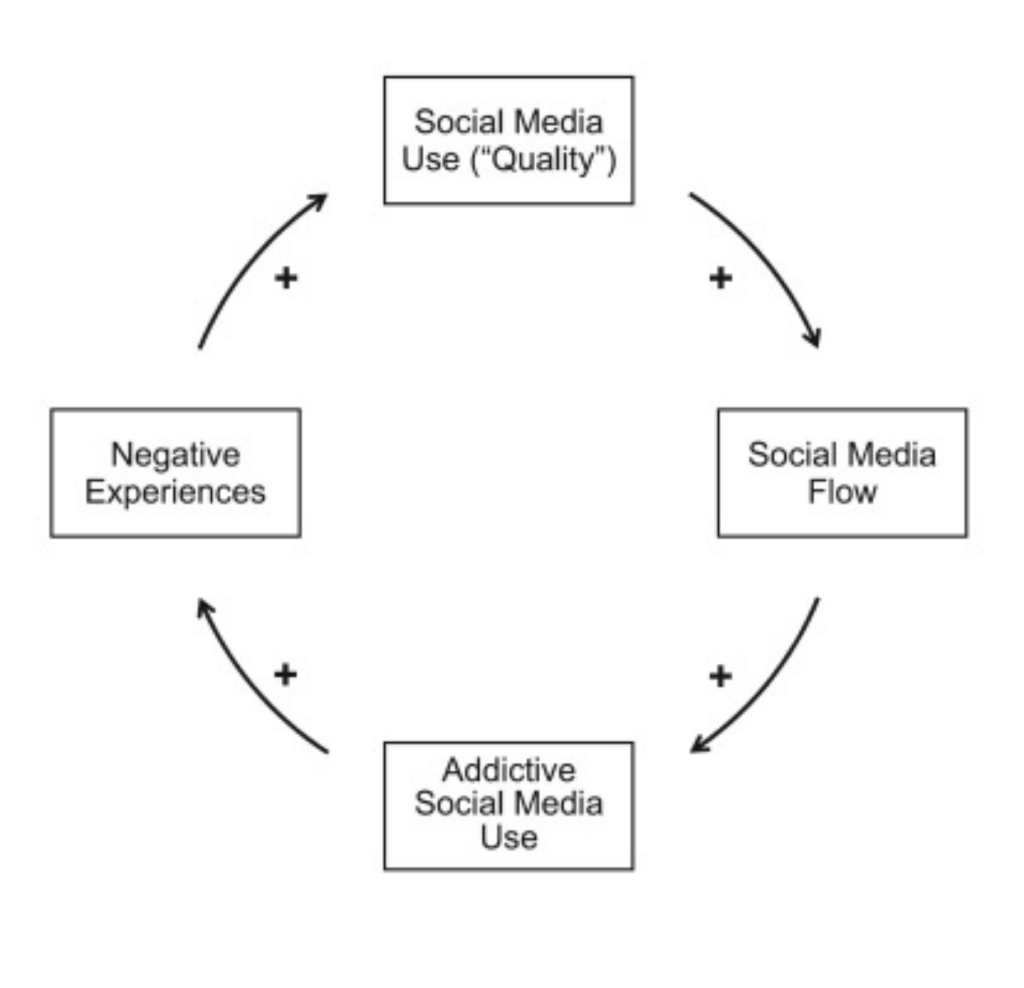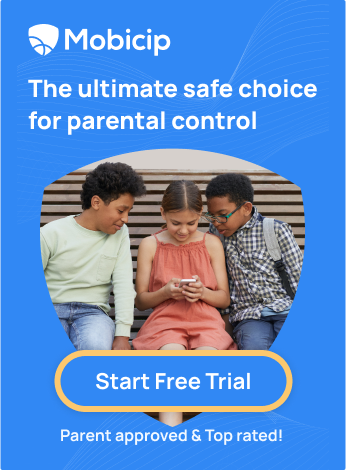Should Parents Monitor Their Children’s Social Media Activity?

You glance over your child’s shoulder, and there they are — scrolling, tapping, and laughing. It’s no secret—social media has become an integral part of our kids’ lives, and digital parenting is a way of life now.
According to a Pew Research survey in 2023, nearly half of teens say they’re online almost constantly.
But what’s even more concerning is that this isn’t just a teenage trend anymore—it’s trickling down to younger kids.
Ofcom’s 2024 report reveals that even five-year-olds are increasingly active online.

As their social lives increasingly unfold on screens, the question for parents becomes: How can we ensure online safety while promoting digital well-being?
In this article, we’ll explore the importance of digital parenting and offer strategies for managing social media risks, cyberbullying prevention, and screen time management. We’ll discuss the need for parental control apps, create social media guidelines, and maintain child online safety. With the right approach, parents can guide their children through good screen time management and navigate the digital world responsibly and safely.
The Importance of Monitoring Social Media
Social media has become a cornerstone of today’s youth culture, with teens spending hours scrolling, posting, and engaging with content each day. Platforms like YouTube, TikTok, Instagram, and Snapchat dominate their digital lives, and the numbers tell the story more eloquently than words. Although Facebook and Twitter use has fallen, they are still significant enough not to be ignored.

Social media offers connectivity but also poses risks, especially without guidance. The U.S. Surgeon General warns about its impact on children’s health, noting that platforms are designed to keep users engaged with features like autoplay and notifications. This can lead to overuse, making it harder for teens to control their behavior.
A recent study found that nearly a third of social media use is driven by self-control challenges
This challenge is further intensified by the habitual patterns teens develop while using these platforms.
It’s also essential to recognize that social media impacts children and teens differently. Some may use it as a tool for positive engagement and self-expression, while others may be more vulnerable to its pressures. Whether a teen is affected by social media depends on various factors, including time spent online, types of content viewed, and personal mental health predispositions.
Psychological Effects of Social Media on Children
Social media can be a powerful tool for connection, allowing teens to stay in touch with friends, share experiences, and feel part of their social circle. While it can be a positive space for inclusivity and belonging, the psychological risks of unmonitored social media use are very real:
The Pressure to Perform
The search for validation can lead to unhealthy consequences. Social media’s addictive nature is partly due to how it triggers the brain’s reward system. Every like or comment a teen gets releases dopamine, the “feel-good” chemical that is also associated with pleasurable experiences like eating or socializing. This makes teens want to check their devices repeatedly, constantly chasing that next “reward.”
FOMO, The Fear of Missing Out
When teens see their peers attending parties, going on trips, or participating in activities they weren’t invited to, it can create feelings of anxiety and isolation. The fear of missing out on key social experiences can be overwhelming, and constantly checking social media can heighten these feelings.
Cyberbullying
The anonymity of social media can sometimes enable cruel behavior. With the ability to spread comments or photos widely and instantly, social media bullying can leave lasting emotional scars, increasing risks for anxiety, depression, and even self-harm.
The Vicious Circle of Addiction
The pressure to keep up with social media, coupled with the constant desire for validation, creates a cycle that can be hard to break. This cycle can lead to addictive behaviors, as teens may spend excessive amounts of time on platforms, searching for likes or comments.
Mental Health Consequences
Research consistently points to the negative effects of heavy social media use. Studies conducted in both the U.S. and the U.K. have found that teenagers who use social media more than three times a day are more likely to experience poor mental health and well-being. A recent research study highlighted how daily hassles, traumatic events, and the addictive quality of social media use contribute to a “vicious circle.” The more time teens spend on social media (both in quality and quantity), the greater the risk of depression, anxiety, and even narcissistic tendencies. Over time, these behaviors can lead to more serious symptoms like insomnia, stress, and, in some cases, suicidal thoughts.

Image reproduced without modification from here.
The Impact on Self-image
One of the biggest psychological risks of social media is how it distorts reality, especially when it comes to physical appearance. Platforms like Instagram and Snapchat encourage users to post edited or filtered photos that present an unrealistic version of beauty. This is especially damaging for teens, who are already navigating significant changes in their bodies and can make them feel like they don’t measure up.
This issue isn’t just confined to teens; adults are also affected. Recently, plastic surgeons have reported an uptick in patients seeking procedures to resemble the filtered images they see on social media, which highlights the widespread impact of these platforms on self-perception.
The Role of Parental Monitoring
When it comes to keeping kids safe online, parental monitoring plays a crucial role. According to the American Psychological Association, 60% of high-frequency social media users with low parental monitoring and weak relationships report poor mental health, compared to 25% of those with strong parental relationships and monitoring. In addition, 22% of high users with weak parental connections have thoughts of suicide or self-harm, versus only 2% of those with strong monitoring and relationships.
Types of Parental Monitoring – Active and Passive
There are two primary approaches to parental monitoring: active and passive monitoring. Active monitoring involves direct involvement, where parents engage with their children’s online activity. This could include checking their social media profiles, having discussions about their digital behavior, and setting clear rules for internet use. It requires parents to dedicate time and attention to their child’s online world, but it fosters open communication and provides valuable opportunities for guidance.
Passive monitoring relies on using parental control apps and tools to track a child’s digital activity without constant direct engagement, while ensuring internet safety for kids. Child online protection tools such as screen time trackers, parental control apps, and web filters allow parents to monitor what their children are doing online. These tools can provide insights into which websites children visit, how much time they spend on them, and whether they are exposed to inappropriate content.
Benefits of Parental Monitoring
Both active and passive monitoring have their advantages. Active monitoring fosters dialogue, helping parents stay connected with their child’s online experiences, while passive monitoring acts as an extra layer of protection. Here are some key benefits of parental monitoring:
- Both approaches help keep children from viewing inappropriate material online, such as violent or adult content. It enables cyberbullying prevention early on to avoid later irrevocable damage.
- Parental monitoring can guide children toward positive online behaviors, such as smart screentime management and choosing age-appropriate activities.
- Passive monitoring tools such as parental control apps help parents identify potential risks like cyberbullying, gaming addiction, or problematic social media use before they become serious concerns.
Tools and Strategies for Effective Monitoring
Parental monitoring of children’s online activities is crucial to ensuring child online protection and promoting healthy habits. Here are some tools and strategies that can help parents stay involved in their child’s digital life:
Parental Control Apps
Parental control apps are one of the most effective ways to monitor and manage your child’s online activities. These apps offer a range of features to help ensure children’s digital well-being.
Mobicip is one such app that provides a comprehensive suite of features for parents:
- Screen time management: Set time limits for daily device use and specific apps to prevent excessive screen time.

- Social media monitoring: Keep track of your child’s social media activity, ensuring they are engaging safely online.

- Content filtering: Block access to inappropriate websites and content based on age or category (e.g., violence, adult content).

- App management: Monitor app usage, see what apps your child is using, and set restrictions on certain apps.

- Location tracking and geofencing: Track your child’s real-time location and set up alerts when they enter or leave specific areas, such as school or home.

In today’s world of social media risks and cyberbullying, apps like Mobicip help parents set clear social media guidelines, manage screen time, and ensure internet safety for kids. Use Mobicip as a reliable resource in your digital parenting toolkit to protect your child online and encourage responsible digital habits. Try it now.
Setting Boundaries and Rules
In addition to monitoring tools, setting clear and consistent social media guidelines is key to ensuring safe social media use. Parents should establish social media guidelines around when, where, and how children can use social media, such as no screen time during meals or before bed and no use of social media during school hours. These boundaries help children learn responsible online behavior.
Open Communication
Ongoing conversations about online safety are just as important as any tool or rule. Keep the lines of communication open with your child about their online activities. Encourage them to come to you with any concerns, such as encountering inappropriate content or feeling uncomfortable with something they saw or experienced online. Parents can guide their children in navigating the online world safely by fostering an open dialogue.
Ethical Considerations
Monitoring children’s social media activity presents an ethical dilemma, as it involves balancing safety with respect for privacy. Parents must consider how much oversight is appropriate without violating trust. To maintain a healthy relationship, it’s important to have open conversations about the reasons for monitoring, set clear expectations, and involve children in decision-making. Striving for a balance between supervision and trust helps ensure kids feel supported while still maintaining their autonomy.
FAQs
What are the signs that my child might be experiencing cyberbullying?
Look for signs like changes in mood, reluctance to use devices, withdrawal from social activities, or physical symptoms like headaches or stomachaches. Your child may also start avoiding social media or express feelings of sadness, anxiety, or isolation.
How much screen time is appropriate for my child?
The American Academy of Pediatrics recommends limiting screen time for children aged 6 to 18 to no more than two hours of recreational screen time per day. Ensure that the time spent is balanced with physical activity, sleep, and face-to-face interactions.
What should I do if I find inappropriate content on my child’s social media?
Have an open conversation with your child to understand the context and why they encountered the content. Depending on the situation, you may want to report or block the content, adjust privacy settings, or consider using content filtering tools like Mobicip to prevent future exposure.





